Hwaseong Sigyuksikdang (화성식육식당)
17.8Km 2021-03-20
162, Chilchung-ro, Hwasun-gun, Jeollanam-do
+82-61-374-2806
A restaurant where you can eat fresh raw meat. This restaurant's signature menu is grilled beef. This Korean dishes restaurant is located in Hwasun-gun, Jeollanam-do.
Pavillon Geumseonggwan à Naju (나주 금성관)
18.9Km 2023-03-24
8, Geumseonggwan-gil, Naju-si, Jeollanam-do
+82-61-339-8611
Le pavillon Naju Geumseonggwan servait de guesthouse pour les diplomates et politiques durant la dynastie Joseon. Le bâtiment a été construit entre 1475 et 1479. La structure a été reconstruite sous l'occupation japonaise avant d'être restorée dans son état initial en 1977.
나주목사내아
18.9Km 2021-02-24
Jeollanam-do Naju-si Geumseonggwan-gil 13-10
+82-61-332-6565
나주목사내아는 조선시대 나주목사의 관저로서 상류주택의 안채와 같은 평면 구조로 이루어져 있으며 안채는 순조 25년(1825년) 건립된 것으로 건물 구조는 전통 양식인 한옥 ㄷ자형이다. 나주목사내아는 현재 전남 문화재자료 제 132호로 지정되어 있다. 나주는 조선시대 관아건물이 많이 남아있어 문화유적 답사지로서 적합하다.
* 규모 - 내아 1동, 행랑채 1동
3917 Majung / 3917 마중
19.3Km 2025-08-13
42-16, Hyanggyo-gil, Naju-si, Jeollanam-do
Located in Gyo-dong, Naju-si, Jeollanam-do, 3917 Majung is a cultural space combining a hanok (traditional Korean house) cafe, modern cultural experiences, and hanok guesthouse. The name “3917 Majung” refers to its goal of “welcoming (majung) the modern culture of Naju in 1939 anew in the year 2017.” Spread out on a wide land area of 13,223 m2 are four buildings of Nanpajeong, Sarangchae, Mokseowon, and Siseoheon. All buildings take after the unique combination of Japanese- and Western-style housing commonly seen in the late Korean Empire period.
Nanpajeong is a pavilion constructed during mid-Joseon period, named after its most famous guest Jeong Seok-jin (pen-name: Nanpa), a scholar who led an uprising against Japanese imperialism in late Joseon period. There are two ondol (under-the-floor heating system) rooms in total, separated by a central wooden-floor hall (daecheong), one supporting 3 to 4 guests, one ideal for 2 to 3 guests. The restroom, which is also fitted with a shower booth, is located outside the building.
Eunhaengmok Room 1 and 2, which are housed in the Sarangchae building, are tatami rooms with balcony. Sarangchae’s shower and restroom is located in the building. Mokseowon is likewise made up of three tatami rooms, separated by open floor space and an attic. The shower and restroom is located outside the building. Siseoheon houses a 4-person room and the largest room in the complex, capable of supporting more than 10 guests. There are 2 restrooms and 2 restrooms with shower facilities, making the building ideal for group events.
Temple Manyeonsa 만연사(화순)
19.8Km 2020-04-30
Jeollanam-do, Hwasun-gun, Hwasun-eup, Jingak-ro 367
+82-61-374-2112
Le temple Manyeonsa a été construit en 1208, durant la 4ème année de règne du roi Heejong’s (1204-1211),dynastie Goryeo.
On affirme que le temple Manyeonsa a été construit par le grand moine Manyeon.
Le temple a été partiellement détruit lors de la guerre de Corée (1950) avant d'être restauré en 1978.
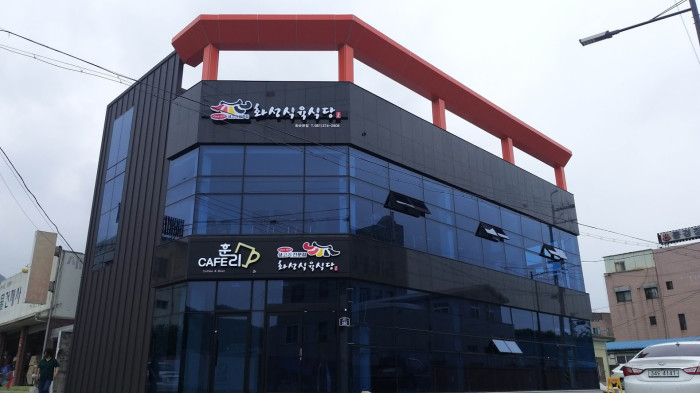
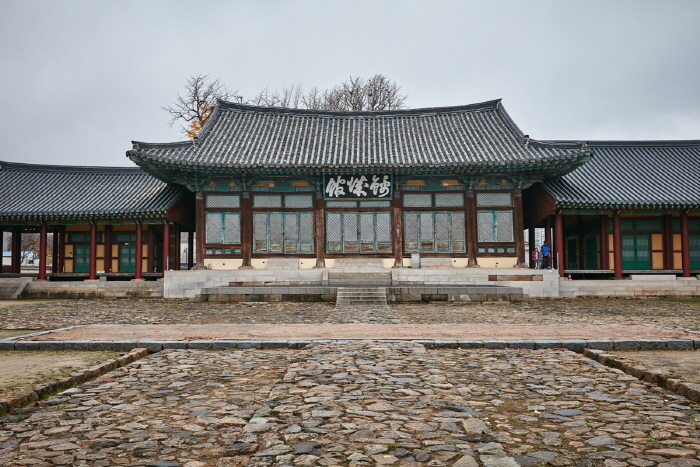
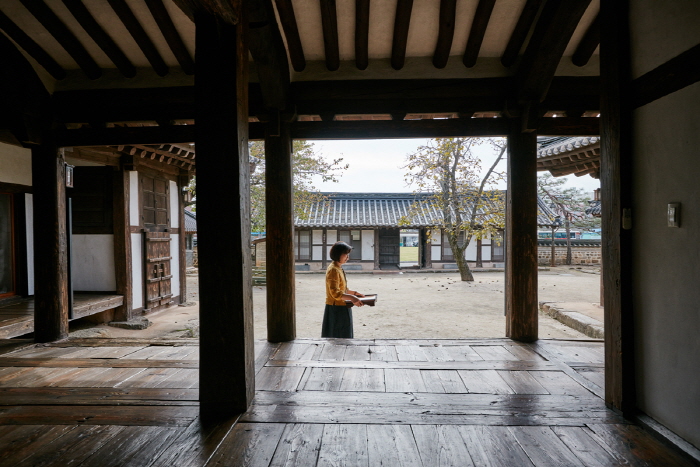
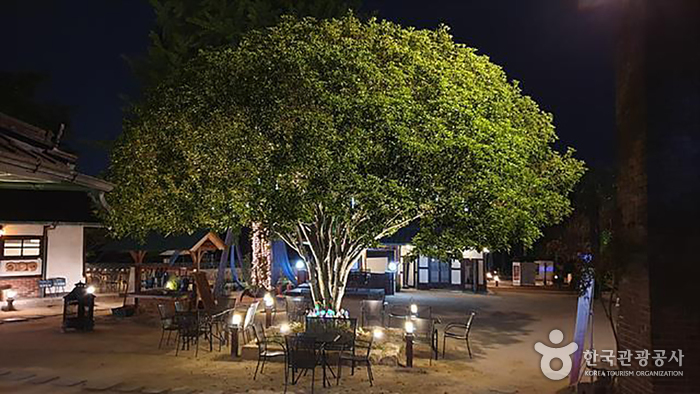
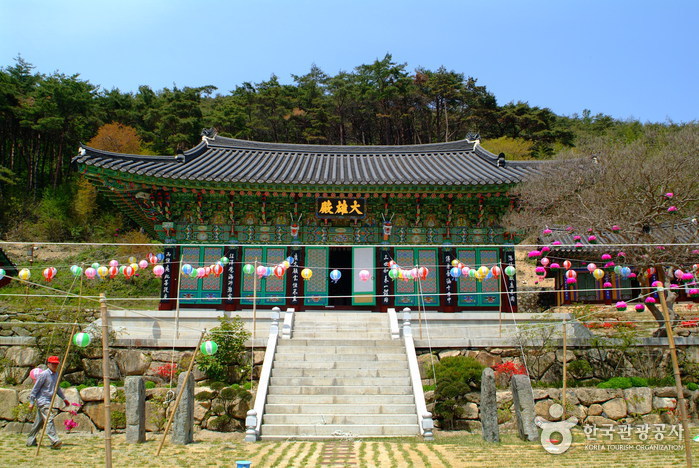
 Français
Français
 한국어
한국어 English
English 日本語
日本語 中文(简体)
中文(简体) Deutsch
Deutsch Español
Español Русский
Русский